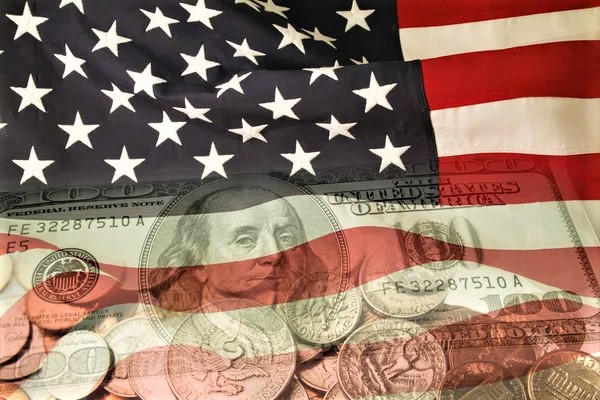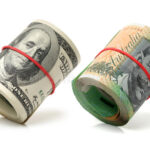Oct 3, 2022
VOT Research Desk
Key Insights and Analysis
Through the third quarter, the DXY Dollar Index rose 7%. In Q3, relative growth potential outperformed relative interest rates as a driver. By year’s end, the USD’s status as a safe haven will be strengthened.
Through the third quarter, there was no stopping the US dollar. The world’s most liquid currency capitalized on a significant yield advantage during an aggressive Fed rate hike regime, fended off growing criticism regarding troubled growth projections, and even utilized its storied status as a safe haven during more serious periods of market turbulence. Through this final quarter, these primary fundamental influences will only intensify.
The Fed is scheduled to meet on the policy twice this year, and rates are pricing in a benchmark rate closer to 4.25 percent in December. As a result, the actions of other central banks should get more attention. The need for exceptional safe havens will grow as the global policy regime tightens. We don’t think there is an infinite amount of untapped potential, but the dollar can still keep pace with its partners through rates and economic potential. However, promoting a rising to reversal is distinct from losing a rising for lift.
It started with an advantage in interest rates. As October approaches, the idea of a hawkish central bank that is willing to tolerate market crashes and moderate economic contraction is becoming more common.
That represents a significant turnaround from the first half of the year, when there was still a great deal of uncertainty regarding whether the policy authority would permit market volatility after intervening so frequently since the Great Financial Crisis. Market participants now seem to agree, despite constant repetition, that the US central bank is putting its fight against persistent inflation ahead of more immediate prospects. That will help maintain the USD’s current and future yield advantage, but carry appeal is becoming increasingly questionable in light of volatility.
Even though US yields are higher than they were a decade ago, we are still far from where they were in 2005, and many of our peers who were dovish holdouts are trying to keep up or close the gap. Carry is not a reliable draw in a volatile market that is uncertain. Carrying channels would make it difficult to meaningfully increase the Dollar’s profile, but pairs like USDJPY make it possible.
When we remove the advantage of interest rates from the equation, relative economic potential emerges as the second most significant factor that will have a significant impact on the value of the dollar in the years to come.
Supply chain issues, monetary policy victims, and “normal” wear on the fundamental course have all had significant repercussions during the third quarter. The United States of America has not escaped the pressure, but it appears to be performing better than its major counterparts. As winter approaches, the energy position of the Eurozone appears to be posing a serious threat; the Bank of England has warned that the UK’s economy may already be in recession; and Japan is using extreme levers like FX intervention to maintain a rudder.
There is still a cover for the fundamental winds due to the Fed’s careful language describing the future as “below trend” growth and the NBER’s modified technical definition of recessions—the official keepers of the term “recession.”However, the Dollar’s appeal and its status as a safe haven may become less reliable if the switch is flipped and the United States is perceived to be entering a recession.
When You Need a Complete Safety Net: It’s the dollar when it comes to the appeal of low interest rates and favorable growth trends. The dollar is old news. However, this does not preclude the possibility of these factors influencing the currency further. Instead, the outlook for the world is getting to the point where it seems nearly impossible to create a gap that can last without triggering a local economic collapse.
However, if we look at the extreme, there is one very distinct scenario in which the Dollar still has the potential to gain significant ground against its counterparts that are less liquid panic. Despite the fact that the US dollar is regarded as a safe-haven currency, sentiment fluctuates only slightly. The demand for dollars typically rises in response to the absolute requirement for liquidity
.
During the final weeks of the third quarter, the European financial system was seriously disrupted, which made the Euro and British pound appear to be more unstable. Add to this the diminished credibility of central banks that are making questionable policy decisions, such as the Bank of Japan’s refusal to end stimulus, which results in significantly lower interest rates than before.









